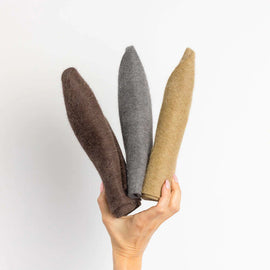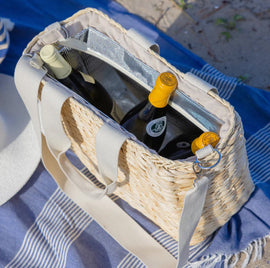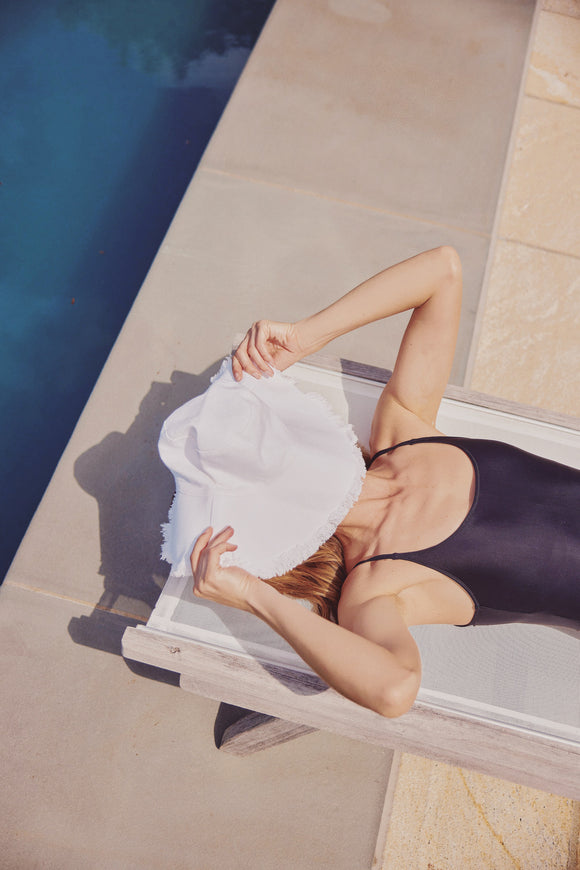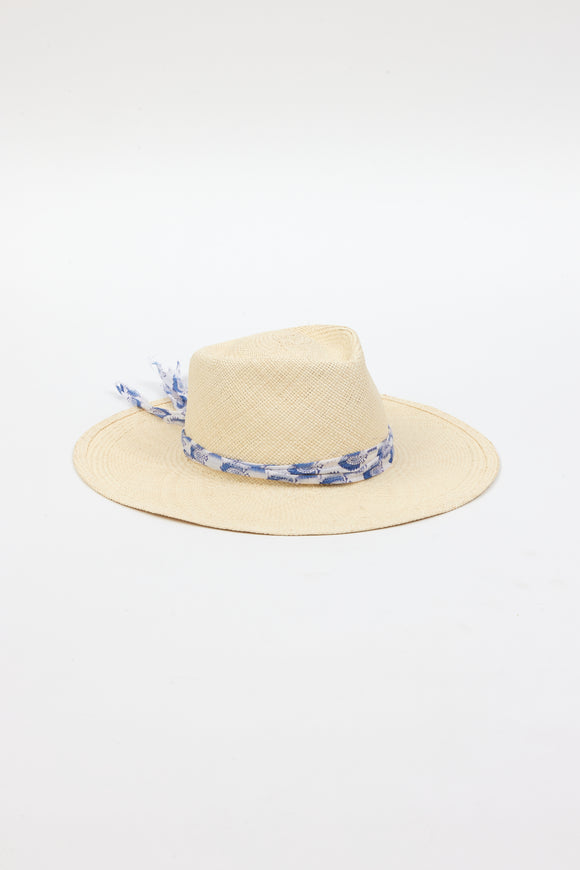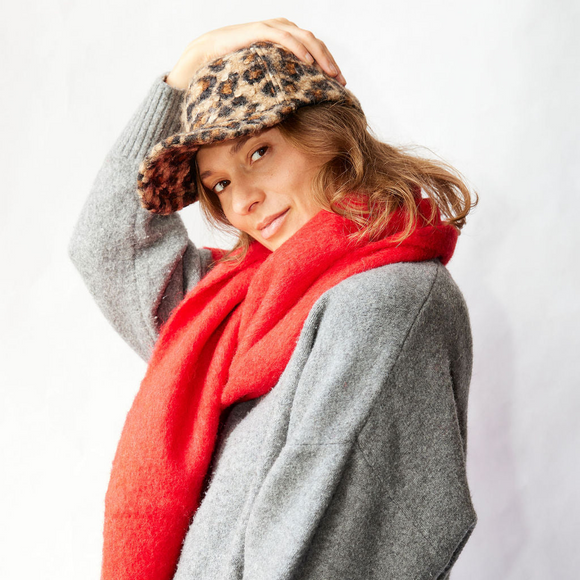As the days stretch longer and the warmth of the sun calls, we are enjoying its glow, absorbing the much-needed vitamin D. However, the same sun poses a risk to our health. Just as we shield our skin from the sun's rays, it's important to extend care to our hair and scalp. The charm of sunny days, especially with salty ocean water, can be very harmful.
Particularly vulnerable are those with fine or light-colored hair. However, this doesn't imply that individuals with darker hair are immune. They too, require protection to ward off potential harm. Under intense sunlight, UV rays deeply penetrate, compromising the hair from its roots and weakening its core. Read on, to find out how the sun damages your hair and how to prevent it.How Does the Sun Damage Your hair?
The sun's rays are invisible radiation that damages human cells, including those that make up the structure of the hair. The sun's rays first impact the outermost layers of the epidermis, whose purpose is to protect the inner core from external influences. These outer layers receive the most intense radiation, and when the core is no longer protected in strong sunlight, it becomes vulnerable to radiation damage. Over time, cells and cell membranes begin to deteriorate, leading to the breakdown of cell structure. This results in sun damage to your hair.
Sun-damaged hair may have problems such as:
- Dryness and brittleness
- Split ends
- Loss of shine, resulting in dullness
- Tangles and knots
- Thinning

Tips for Protecting Your Hair from the Sun
1. Trim Split Ends Before Summer
The combination of the sun's rays with salty ocean water or chlorine-infused pool water spells disaster for our hair. Split and dry ends are particularly prone to forming knots that often break during combing. It's wise to bid farewell to split ends before they exacerbate. If you're considering a new hair color, it's best to wait until after summer. The potent mix of intense sunlight and chlorinated pool water accelerates the fading of color pigments, diminishing the vibrancy of your hair color.
2. Cover Your Hair with a Hat
Directly covering your hair with UPF-protected sun hats is the best way to shield against UV rays. Not only do they protect your hair but also your scalp and skin. Such coverage can also prevent headaches caused by sun exposure.

When selecting a sun hat, it's important to consider the UPF factor for optimal protection. Hat Attack offers a variety of the best sun protection hats, each with a UPF 50 rating, guaranteeing great protection against UV radiation.
Adding a sun protection hat will improve your daily attire and add a finishing touch to your outfit.
3. Limit Your Exposure to the Sun
Besides covering your hair with a hat, it's wise to sidestep the sun's rays when they're at their most intense. Limiting outdoor activities in direct sunlight, especially from 10 a.m. to 4 p.m., when UV radiation reaches its peak, is highly recommended.
A simple way to test the sun's intensity is the shadow test. If your shadow appears shorter than you are, this indicates the sun is at its strongest. During this time, it's recommended to stay in the shade or indoors,to minimize your exposure to UV rays.
4. Hydrate Your Hair
Moisturizing your hair is crucial for keeping its shine and elasticity, which will prevent breakage. By combining a proper diet with external treatments, you can impact your hair's moisture level. Here are some tips on how to keep your hair and body hydrated, especially when they are exposed to the sun:
-
Drink plenty of water: Increasing your water intake is fundamental. Hydration starts from the inside, and drinking enough water ensures that your hair receives the moisture it needs from root to tip.
-
Omega-3s and antioxidants: Consume foods like flaxseeds, chia seeds, salmon and walnuts into your diet. These acids also moisturize the hair and reduce itching. Additionally, consuming antioxidant foods such as berries, spinach, and dark chocolate helps fight against oxidative stress that can lead to dry hair.
-
Vitamins and minerals: Vitamins A, C and E are important for hair, as are minerals such as zinc and iron, which support scalp health and help to moisturize the hair. During this period we recommend you consume more carrots, oranges, almonds and green leafy vegetables that are full of these essential nutrients.
-
Protein: Hair is mainly made up of protein, so make sure you consume sufficient amounts. Sources such as lean meats, beans and dairy products are rich in protein and beneficial for hair health.
- Use products to moisturize your hair: Products such as split end treatments, hair conditioners, and deep conditioning masks can seal the hair's outer layer, making it temporarily appear smoother and less frayed while feeling softer to the touch. We advise you to opt for natural products that do not contain chemicals which could dry out your hair.
5. Choose the Right Hair Ties and Comb
As already mentioned, hair is particularly sensitive and prone to breaking easily. To prevent damage, avoid using tight hair ties, and steer clear of tight knots that weaken the hair's structure. When you're not in direct sunlight and there's no need for sun hats, you might opt for a headband as an alternative. Headbands can effectively keep hair away from your face while reducing the risk of damaging your hair.
It's also crucial to avoid using fine-toothed combs on wet hair! The correct approach is to gently detangle your hair with your fingers and apply a hair serum to help untangle knots smoothly. This method not only prevents breakage but also ensures your hair remains healthy and strong.

As the sun's rays become increasingly dangerous each year, it's important to take the protection of your face and hair from sun damage seriously. Wearing sun hats is highly recommended, offering a simple yet effective way to shield both your hair, scalp and face. By following the tips we've outlined, you'll ensure that your hair and skin remain grateful throughout the year. Summer, we're ready for you!
